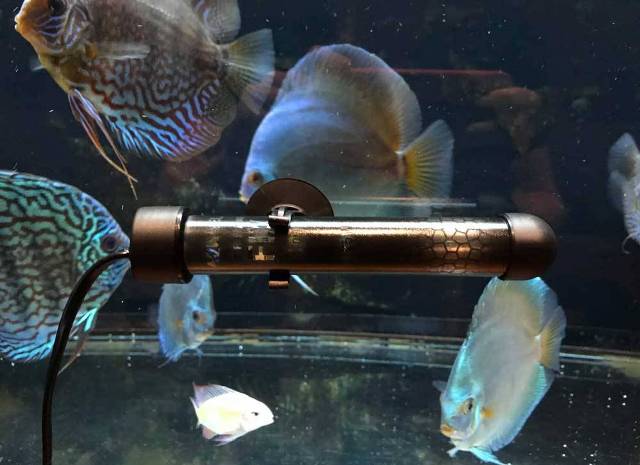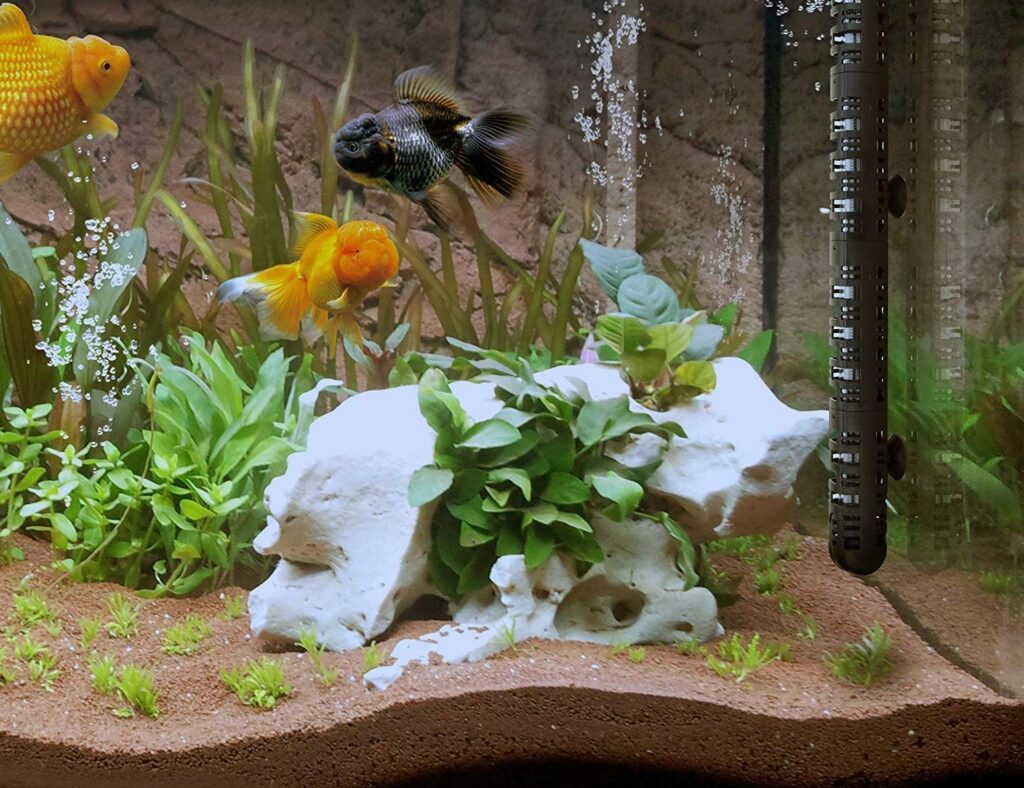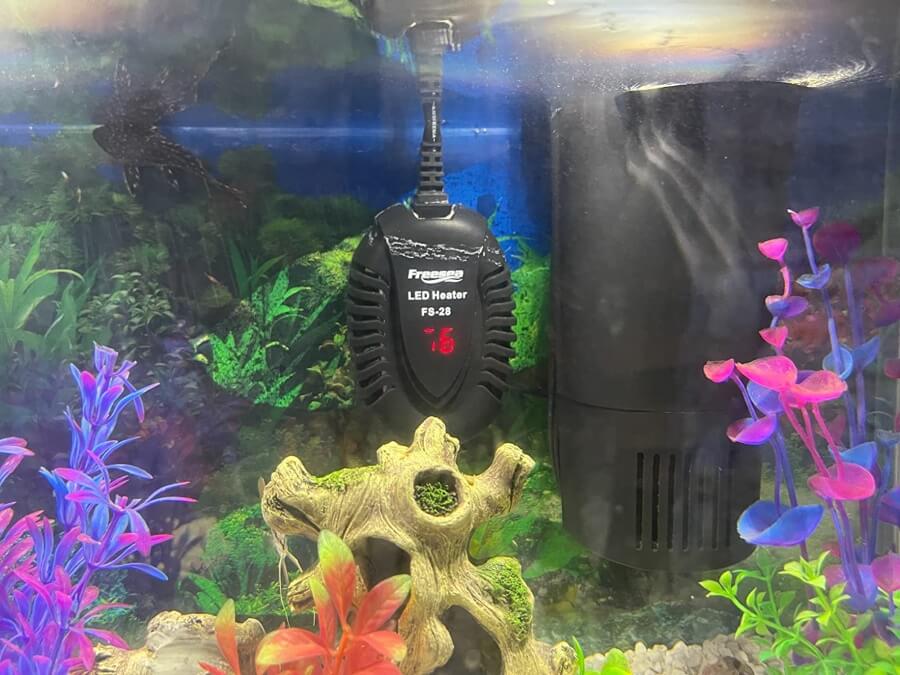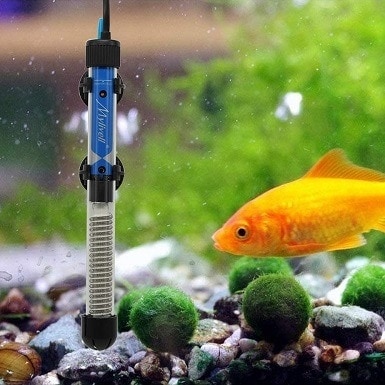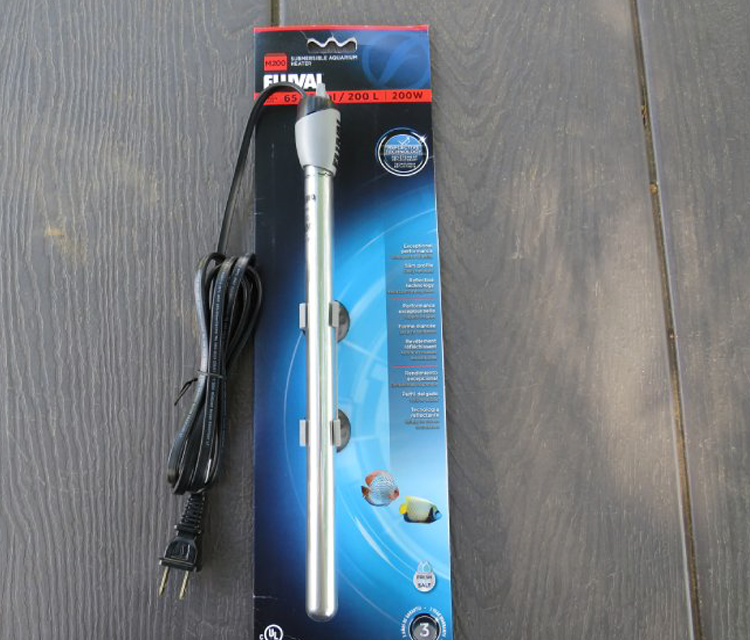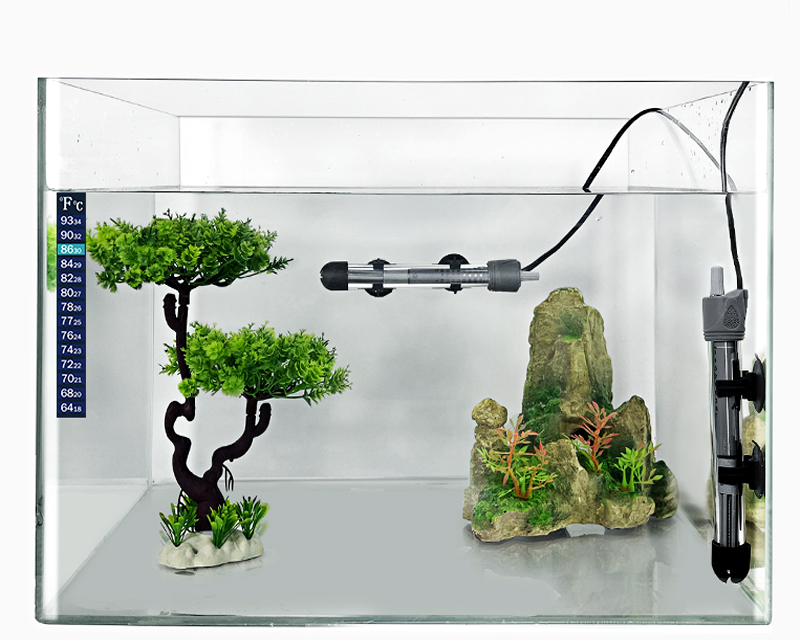

Aquarium heaters have a bad rap among aquarium owners because they seem to fail all too often, and sometimes they do so disastrously. This is especially true with submersible heaters, and we do know of an avid aquarist who goes through two or three every year. One reason for this is poor aquarium heater placement.
There are different types of aquarium heaters all designed to safely and continuously heat up the water for heat-loving tropical fish and other animals. While you really should go only for the high-end aquarium heaters, how you position the heater is one of the biggest factors that influence the service and durability of a heater.
Heaters are one of the aquarium essentials Trusted Source Aquarium Equipment: What's Essential and What's Not? The following checklist shows the items that will likely to be of use to you. users.cs.duke.edu you simply must have along with the substrate, air pumps, filters, lights, and others. Most heaters use the simple principle that when electricity is passed through a resistance element, it is converted to heat. Placing this heated element in contact with water allows it to heat the water directly.
Of course, you can’t let electricity touch the water or it’s game over. That’s why the heating element will be encased in an insulating glass or ceramic tube that passes on the heat to the water.
Every decent aquarium heater will also have an automatic thermostat that measures the temperature of the water. If it falls below a certain point, it turns the heater on until a specific temperature is set. Then it turns off automatically, and the cycle continues.
It’s important to note that you can’t always rely on the inbuilt aquarium thermometer because it can be faulty or fail to pick up the temperature in the whole aquarium. One of these dedicated, reliable aquarium thermometers will help to make your life easier and keep your fish safer.
As mentioned, there are different types of aquarium heaters whose design and function can vary. It’s important to be aware of these different heaters and of their unique merits to help in choosing the best one for your fish.
Submersible aquarium heaters can be immersed fully into the water without fear of damage or electrical shock. They are usually stuck to the sides of the aquarium using suction cups to maintain a horizontal, vertical, or diagonal position as desired.
Placing submersible heaters this way also keeps them off the gravel and the bottom of the tank, where contact with anything but water could cause uneven heating and eventual cracking of the glass insulating cylinder.
One of the most popular submersible aquarium heaters is this Orlushy submersible aquarium heater. You can get it in 100W-300W configurations with an inbuilt thermostat, but what makes it a user favorite is its consistent heating coupled with a highly durable, thick quartz insulating cylinder. This design makes it safe for use even in saltwater aquariums.
In-line aquarium heaters are a type of external heater which fits with the external plumbing of the tank. They are usually placed in the same plumbing line with aquarium filters and other components, and water is passed through the entire system by a water pump.
If you already have a water pump and canister filtration system, then an inline heater is the best solution for your aquarium. Due to the constant water flow, in-line heaters ensure uniform heating and almost never suffer from insufficient flow rate.
There are two types of in-line water heaters:
An external aquarium heater such as the Corisrx 150W-500W in-line heater is a more efficient and durable system that is less vulnerable to damage and accidents. This particular model even switches itself off if it senses lack of water flow, and it can also be adapted to systems that lack a canister filter with any wet/dry sump pump.
Also called a substrate heater, an undergravel aquarium heater is designed to be buried in the gravel without fear of damage. It consists of a grid of wire in a special insulator, and works by heating up the gravel which then transfers the heat to the water.
Undergravel heaters are less common, but they are preferable in planted aquariums where the heat of the water may not reach beneath the substrate to the plant roots. Warming up both the gravel and the water solves this problem.
The reason undergravel heaters or power filters are not very popular is because they are hard to maintain and are not recommended for fish that like to dig. They also tend to be more expensive than in-line and submersible heaters.
Where to Place an Aquarium Heater?
Submersible aquarium heaters will usually come with suction cups that allow you to clip the heater to the walls of the tank. You can place the heater anywhere, but it has to be a place with good water flow and free of obstructions such as plants and decorations.
You should also ensure that you place your heater as low in the water as you can without the glass tube touching the walls, bottom, gravel, or other parts of the aquarium to prevent the chances of differential heating.
In most cases, it is advisable to place your aquarium heater on the sidewalls or corners of your tank, especially if you have more than one heater in the same tank.
Depending on the type of heater you have, the place to put it will be determined mostly by the flow rate of the water. Your heater should always be placed where there is the highest flow rate such as next to a filter inlet or outlet, air pumps, or powerheads.
If your heater can be placed horizontally, it’s a good idea to put it on the bottom of the tank. Cold water tends to flow downwards while warm water rises, so this position could create its own convection current not unlike what is found in the oceans.
Most aquarium filters are placed at a 450 angle, but some can also be placed horizontally or vertically. You should defer to the manufacturer’s instructions, but vertical positioning is generally not advisable unless there is very good flow rate of water. That’s because rising heated water can create a warm pocket and cause the heater to turn off while the rest of the water remains cold.
Besides the placement of your aquarium heater, probably the next most important factor is ensuring that you get the heater’s wattage right. A large tank requires a more powerful heater and vice versa.
In general, your aquarium heater should be able to provide between 2.5W and 5W per gallon of water volume. Thus, a 100-gallon aquarium would do well with a 300W heater, while a 30-gallon heater is good with a 100W heater.
The power will also depend on how much heating is required to bring up the water to the target temperature. If the room temperature is 71F and you need the water to be at 76F, then the heating required is 5F. You can use this information to calculate the size of the aquarium heater required with a heater size calculator like this one Trusted Source Aquarium Heater Size Calculator (Heater Guide) - Reef Tank Resource One of the most important pieces of equipment you can purchase for your aquarium is the heater. However, the aquarium heater size will vary depending on reeftankresource.com .
It’s easy to think of aquarium heaters as simple, robust electronic devices that you can “plug-n-play,” but it turns out that aquarium heater placement is critical. Your aquatic buddies need to be safe and comfortable, and you can ensure that by using the best water heater you can afford and taking some time to figure out the best placement positions in the aquarium.
Some of the factors to consider include what type of heater you have, size of the tank, amount of water flow, among others. Hopefully, this guide has opened your eyes to the importance of placing your aquarium heater correctly for maximum efficiency and durability.
